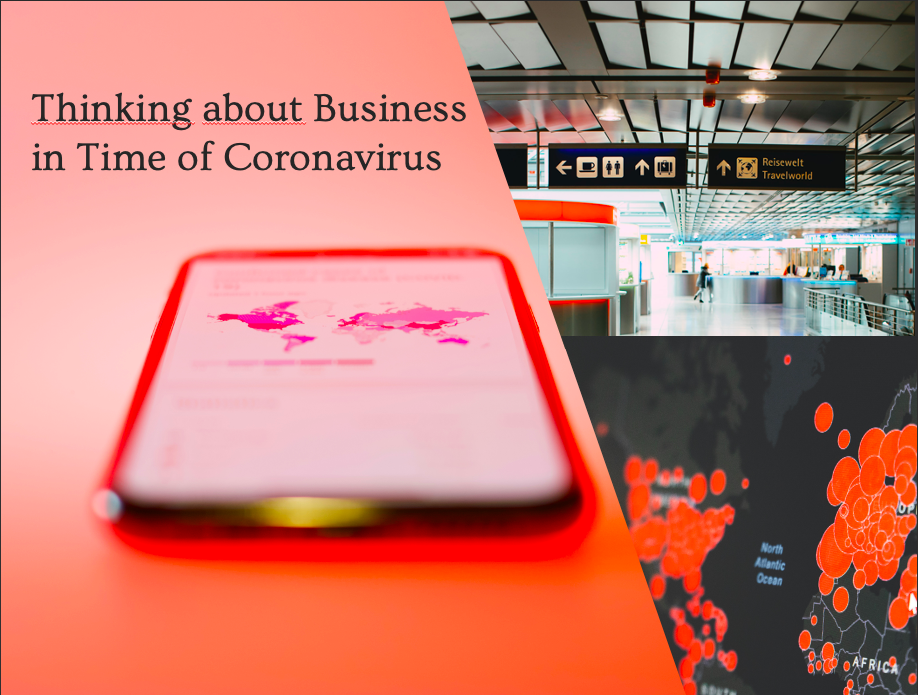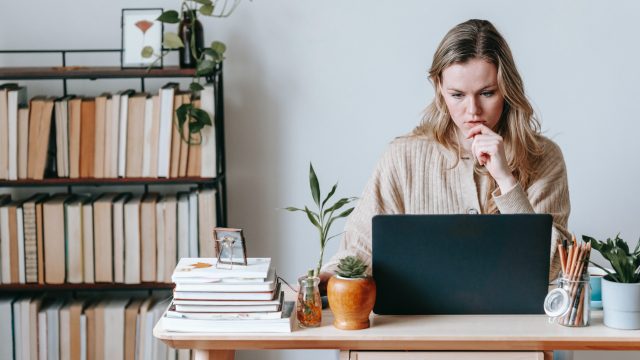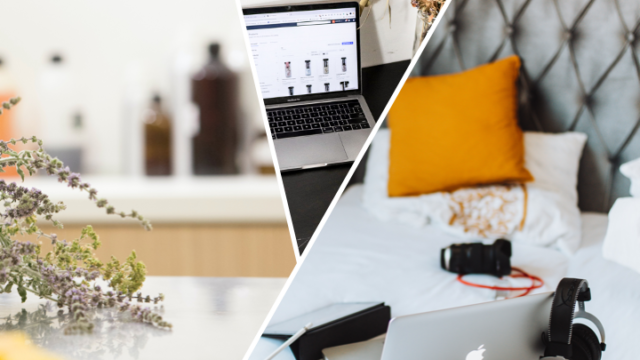Shifting Business Models, Values and Emerging trends following the Coronavirus Impact
“A crisis can be a real blessing to any person, to any nation. For all crises bring progress. Creativity is born from anguish. Just like the day is born from the dark night.”
Albert Einstein
In a world reversed by the deepest event since the Second World War, all we knew until yesterday have to adapt. Patterns, practices and previewed trends are changing globally and locally to face the new challenge: how to move our business to fit the new situation?
Even if the picture of some sectors like hospitality or retail looks discouraging with hard losses, something new is shaping at the horizon. New business models and opportunities to involve people are being developed.
Coronavirus is shaking perceptions of what is important for everyone beyond products and day life rhythm, a change of values that influences more than anything behaviors and decisions.
The new prospective of values is “back to basics” but using technology to go further. If we would create a sort of list of values and needs at the time of the coronavirus we could say:
- Prevention and safety
- Not-feel-alone and have a social life even if everyone is in his/her own place
- Continue to have experiences and growth.
Starting from each of these values we can see how different sectors and companies are evolving and finding new ways to correspond them.
- Safety and Care to preserve Health
The short-term effects of the crisis seen in the primary line healthcare companies and the reconversion of the manufacturing of big groups to face the urgent situation is vast. From companies who already produced sanitizing products to Italian and French luxury companies who have taken initiatives to change their manufacturing to produce gels and masks. Companies such as L’Oréal, Gucci, Prada Group or LVMH, all big companies and small business who have a know-how in cosmetics, pharma or textile is trying to adapt. Other products are related to remote care solutions, arising market already last year, that now is getting more and more attention.
Solutions designed at the beginning against pollution are now reconverting to personal safety needs. Examples are wearable purification items from fashion design, like the Activated Charcoal Fabric by Senscommon & Uchino Japan a cloth used to purify air. Other solutions of cloths or masks are now developing and brands that will be able to merge fashion and personal safety will have a new market chance.
In the field of Home Accessories they too are developing materials and items with air-purifying qualities to offer eco-friendly solutions for consumer health. Maybe these new productions will be enriched with sanitizing agents as well.
For public spaces like wellness and ambient gyms but also flagships etc. are in progress solutions to boost health measures and giving the sense of health prevention, at physical and emotional levels. We had already an example when Stella McCartney launched her “clean air” flagship in London. After the crisis this type of initiative is previewed increasing.
Sectors like cosmetics will be requested of products able to bring together selfcare, health and wellness with interesting effects on actual lines formulas and compositions.
In the long term, we can preview that safety and care will remain as primary needs, and that new lines and services have to communicate this aspect beyond the usual features and advantages until now. The value of prevention of health as public good will be one of the central themes of brand communication, independently from the sector.
- Not-feel-alone, and still having a social life.
The lockdown experience is a great shock for people. Milan, Paris, London, New York are now silent cities. Staying for weeks in his/her place pushes people to find new ways to meet others and keep a social life avoiding mental isolation or be overtaken by fears.
The fast developing of digital platforms is under everybody’s eyes: the digital space is the space. To connect but not only, to build bonds and invent a new social way.
From the organization of Tech Community (The Netflix Party App) to platforms to the creation of groups and communities on usual social media to remote working solutions to preserve the working life. Digital is the sector that is running the virus impact more than any other. The speed with which people are converting to new digital solutions is impressive. What of these new habits will remain after the crisis?
Solutions to have a normal life are spreading quickly for both families and singles that are facing lockdown. New kid-friendly features applied to smart speaker systems to responsive technology for self-education and on-line school solutions are the first answer to keep the kids busy. Adult time on the other side, is invested more and more into programs, web seminars and on-line courses for self-improvement and assisted development. Connections with experts and mentors to learn new skills are beyond the advantage of professional growth, a good antidote to isolation, unproductivity and bad thinking, are at the same time good opportunities for companies, formation centers and others to shift their offer of services and involve people.
In this new run to digitalization, more than values are emerging for single people as for groups: inclusivity, social help and solidarity, all originated from the need of “stay together”.
About solidarity in particular, the call to lend a helping hand in any form is largely shared for people and companies. Through launching cost-free products and services to global or local emergencies to help with local restoration, or funds leverage for hospitals to company donations or social assistance services there is a great social activism. In particular GenZ, the only tech-native generation, is committed through online interactions, and brands in line with their values are attracting them.
Brands that will able to help social interactions and to support people during their isolation will emerge reinforced from crisis.
- Experiences and Growth.
Our life goes on every day and e-commerce is becoming the usual habit for people to buy. Before the pandemic, many companies where skeptical about e-commerce, preferring the traditional stores and boutiques, now the shift to e-commerce is mandatory for many to survive.
It is the case of “delivery-only” restaurants for example or grocery retailers who are boosting their presence on-line and reinforcing their supply chain and logistics. With the result that the average of daily downloads of grocery apps is increasing in Europe and United States.
Just to remember how Alibaba raised as a main market player during the spread of the Sars virus in China. Social shopping became usual and taking decisions on the base of on-line preferences of other consumers too. These habits still remained after Sars, as it’s likely to presume they consolidate after the Coronavirus in all countries with new effect of social influence.
In this new scenario and in absence of in-person experiences, how do we involve people and improve e-commerce above all for business that now aren’t a primary need?
One way is Livestream shopping (interactive shopping using live video streaming). Starting from the successful example of Amazon Live, who proposed livestream products of several brands to e-commerce furniture company Wayfair, that with its “Wayfair on line” livestream supports its sales events.
Livestream could be one of the favorite ways to build trust and intimacy with consumers independently from the sector. Immersive product content and virtual stores already experienced before crisis will be intensified after, as virtual try-on tools (used by beauty brands) and augmented reality supports.
Also partnerships with digital companies can help to shift a traditional business model.
For example, the on-line offers of museums, architectural sites or tourist agencies start to offer a mix of entertainment, travel and digital experiences to their users, becoming more attractive.
Already before crisis Ubisoft, the French game brand, realized a free in-game version of one of its popular game Assassin’ Creed, users of this version could access to a special tour in the set of ancient Egypt and visit Alexandria, Giza and Memphis. It’s likely to attend in the future a digital melt of art, entertainment and tourism and cross-sector business to come out from the crisis, keeping the focus on the user experience at any level.
The next challenging for many businesses will be create virtual experience valuable as the real ones.
The hard impact of moving to digital in every field, working, social life, education is dramatically changing our lives and some of the effects raised from this emergency time will last. Many companies are not yet ready to face the crisis, but the most part of the choices that will be in line with values and build bonds through experiences will have more chance to be successful.
published at http://www.medium.com on March 30, 2020.







Comments are closed.